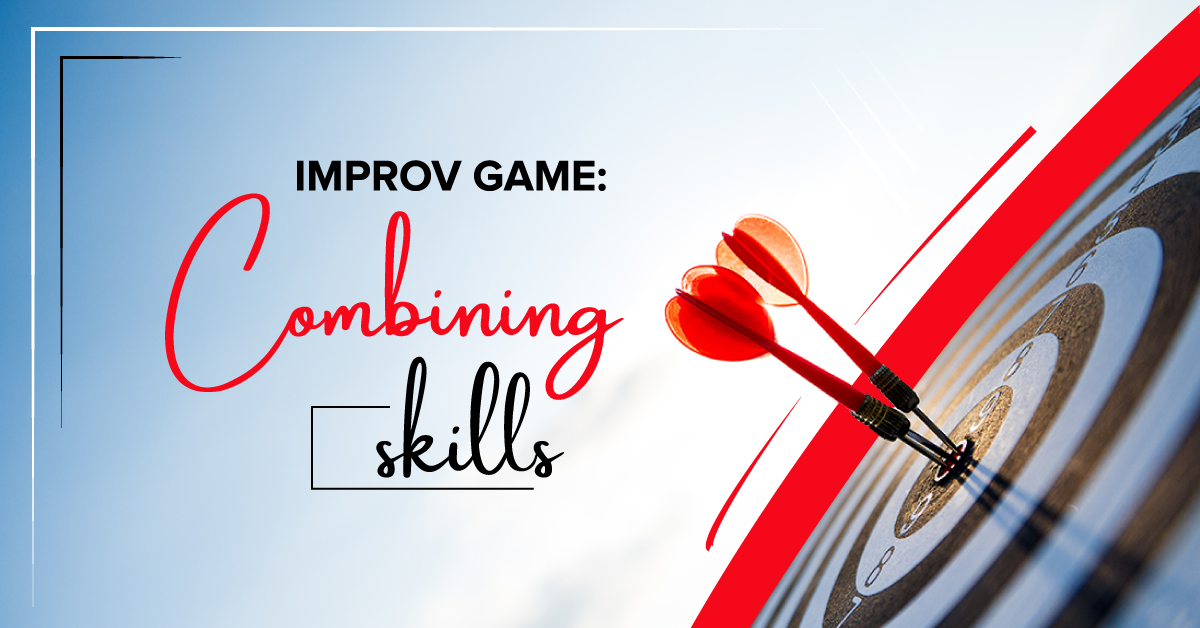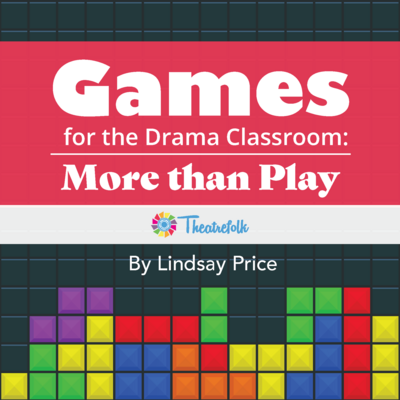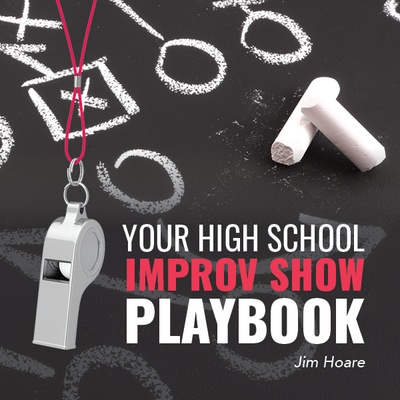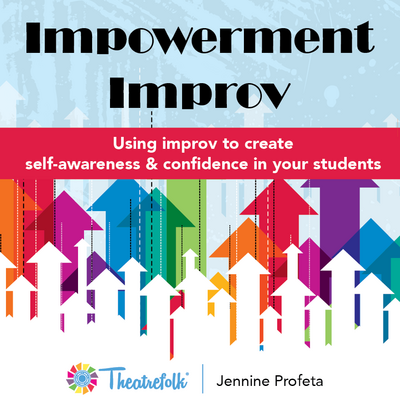A squirt gun would never be mistaken for a real gun, right? Dive into the thought-provoking world of Water. Gun. Argument and challenge what we choose to believe. A thought provoking and powerful piece in a docu-theatre style.
Onstage “Awareness” Improv Game: Sit, Stand, Kneel
Being aware of your surroundings is a vital part of being an actor. Students must know what’s going on around them at all times. This is important from a theatrical standpoint – unless otherwise directed, the flow of movement must be smooth and specific. The characters go where they need to go and move where they need to move in order to tell the story. As well, students must be mindful of what their fellow performers are doing at all times. They need to keep their focus not only on their own lines and blocking, but ensure that they are blending in seamlessly with the rest of the performers and helping to elevate the story of the scene in a positive way.
Spatial awareness is also vitally important from the perspective of pure safety. Students can’t be tripping over others, banging into sets, and stumbling over props and furniture. This is especially important if they are doing a lot of movement, such as dancing, tumbling, or stage combat. Students need to be aware of their surroundings at all times so they don’t hurt themselves or their peers. Clear communication is important, even if it’s not verbally announced – students must be observant and aware at all times. This is doubly important if something goes wrong, such as if a fellow actor trips and falls, or a prop is accidentally dropped or broken onstage – which will inevitably happen at some point.
Spatial awareness, non-verbal communication, and observation skills can all be practiced with the popular improv game called “Sit, Stand, Kneel.” It is often used to help students explore levels in a scene to make it more dynamic and visually interesting, which is another benefit to the game.
“Sit, Stand, Kneel” seems simple (and slightly silly) when you first explain it, but it can be challenging when students get up to try it. The game is played as follows:
- Three students perform an improvised scene.
- Assign a setting, such as in a doctor’s office, at school, on a movie set, at a picnic, in the jungle, etc.
- This keeps the scene focused but fairly open-ended.
- At all times throughout the scene, one student must be standing, one must be sitting, and one must be kneeling.
- When one student changes position, the other two must adjust accordingly. For example, if the sitting student stands up, the standing student must either kneel or sit. If they choose to kneel, then the kneeling student must also change to whatever the other two students aren’t doing.
- Here’s the tricky part: Students can only stay in one position for a maximum of five seconds.
If you want to play the game with two students, reduce the game to “Sit, Stand.” If you have up to five students per group, include “lying down” and/or “standing on a chair/rehearsal block.”
The challenge is for students to not only be aware of what their group members are doing and adjust their movements accordingly (without obviously saying “I’m going to stand up now”), but also to try and have their movements make some sort of sense with the scene that they are performing. For example, if the scene is set in a doctor’s office, perhaps the student sitting is the patient, while the kneeling student is the doctor taking their temperature, while the standing student is a nurse examining an x-ray. However, how does that change when the “patient” decides to stand up? What action or line provokes the change? Do the “doctor” and “nurse” notice, and how do they react? How does this affect the flow of the scene?
Have your students try the game, and then reflect back on their experience.
Related Articles
Games for the Drama Classroom: More Than Play
by Lindsay Price
A collection of games and activities that go well beyond the notion of "play."
Improv Games with Purpose
by Jennine Profeta
Improv games including feedback suggestions and questions, game variations, teaching tips, side coaching tips, entry prompts, exit slip questions, and more!
Your High School Improv Show Playbook
by Jim Hoare
Have you wondered how to take improv to the next level with your students? Your High School Improv Show Playbook is the "how-to" guide for you! Empower students to present their first improv show that is fun and entertaining for all.
Impowerment Improv
by Jennine Profeta
Using improv to create self-awareness & confidence in your students






